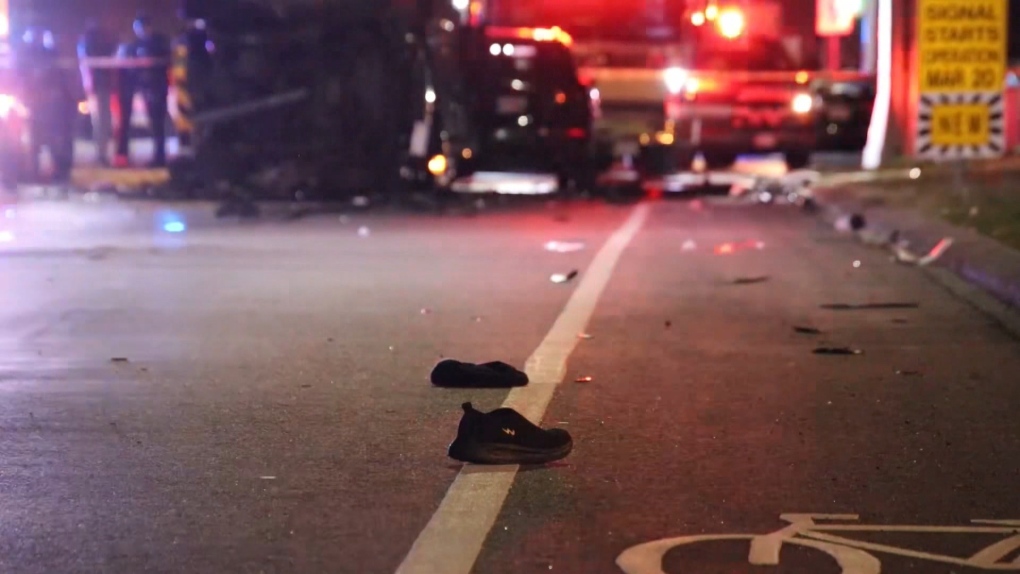Crash statistics Numbers to consider

Numbers to consider
- 13 million – Total driver’s licenses issued
- 7,463,393 – Total motor vehicles registered
- 270,000km – Total length of roads nationwide
- 132,089 – Violators of the Seatbelt Use Act
- 90% – Motorcycle riders in Metro Manila that follow the Helmet Law
- 90% – Motorcycle riders outside of Metro Manila that don’t follow the Helmet Law
- 79% – Road crash fatalities caused by driver error
- 11% – Road crash fatalities caused by defective vehicles
- 10% – Road crash fatalities caused by bad road conditions and ill-maintained roads
- 16% – Road crashes caused by trucks in the first half of 2013
- 12% – Road crashes caused by trucks in 2012
- 7.5% – Percentage of the Road Users Tax collected annually that will be allotted for road safety measures
(Numbers gathered by the Department of Transportation and Communications.)
According to Metro Manila Development Authority (MMDA), there were 77,110 road accidents in Metro Manila in 2011, these road accidents claim lives.
On a World Health Organization (WHO) statistic over the worlds most dangerous roads by estimated death toll, The Philippines comes in as number 15. With an estimation number like that and only a fraction actually reported, you have to consider that a lot of statistics may be very off, and usually due to people not reporting incidences, which may prove this number of road deaths much higher than we allow ourselves to assume.
Did you know that road accidents are the fourth leading cause of death in the Philippines? This translates to around 36,000 preventable deaths every year. Reckless driving, poor urban planning, poor visibility, cell phone use, and drunk driving all contribute to fatal collisions.
The pedestrian journey
In the Philippines, we see buses racing each other and pedestrians jumping over road islands to cross the highway. It’s a truly dangerous trip for workers and school children alike. For pedestrians, it’s actually more dangerous to walk the streets than to ride a car. On the average, pedestrians are 1.5 times more likely to be killed in a car accident compared to a person inside a car. Pedestrians who are older than 65 and those who are drunk are at greater risk for mishaps. In addition, more deaths occur in urban areas and at night. To be safe, pedestrians should wear reflectors, bright-colored clothing, follow traffic rules and be careful when crossing the street. Never assume that a car has seen you and will stop for you. It is also safer to walk on the sidewalk rather than on the street. The problem in the Philippines is that 84% of the roads where pedestrians fare don’t have sidewalks (also called footpaths and pathways), our nation is also severely lacking in pedestrian crossings, which leaves our walkers in a game of skip and run over the highways through heated, speeding cars rushing through traffic towards their destination.

Another great statistic is the chance of being struck and killed as a pedestrian increase by 1100% after dark (according to the National Safety Council), you should take advantage of the Federal Highway Administration’s statement that reflectorization has been shown to increase the visibility of a pedestrian by a factor of five. With our lack of sidewalks and pedestrian crossings, the pedestrian is forced to share the road with all the vehicles that fare there in all speeds and sizes. Going to/from work or school before/after the sun has risen/set is as close as it gets to a life and death journey, and most people do that every single day, risking their lives just by walking.

